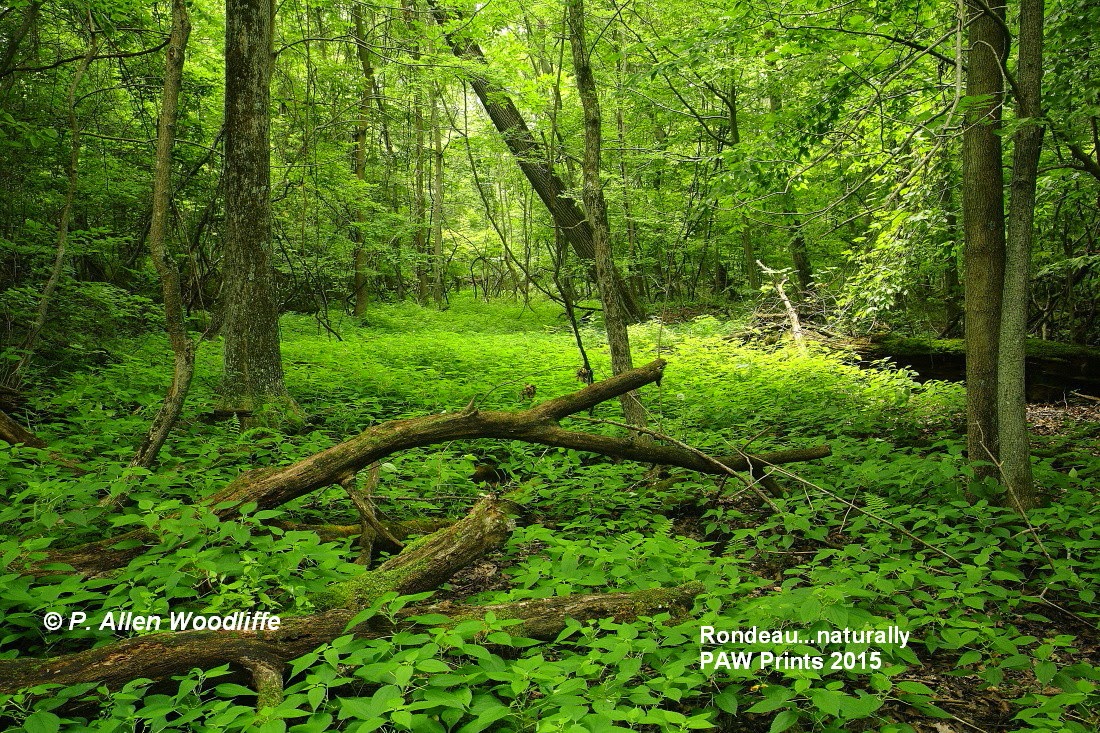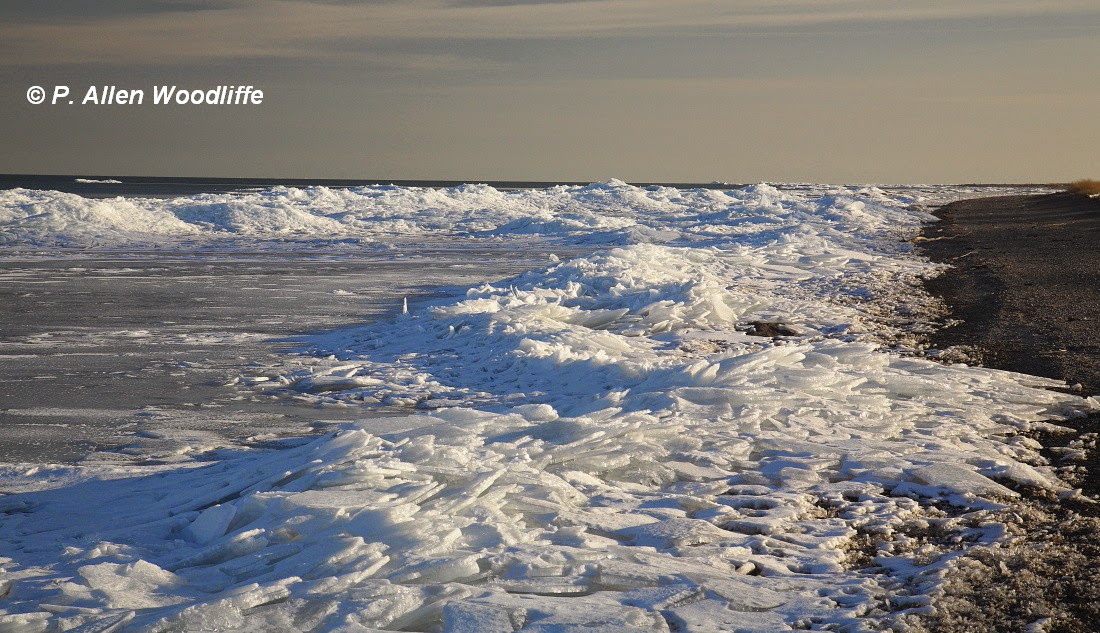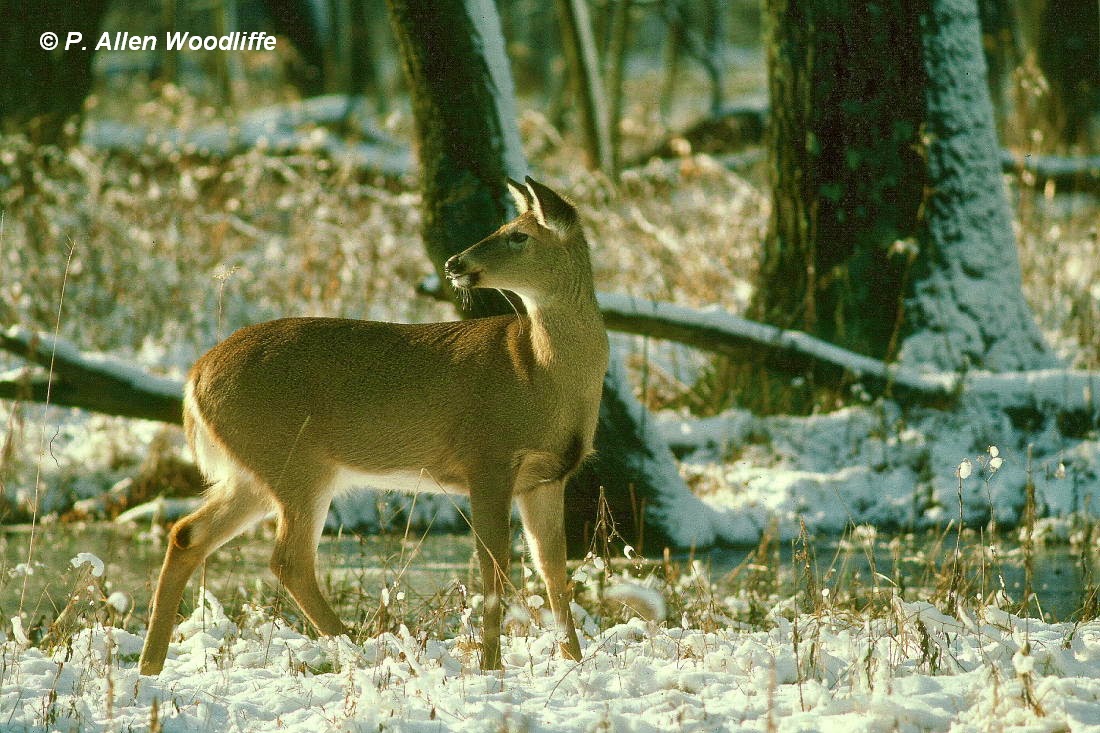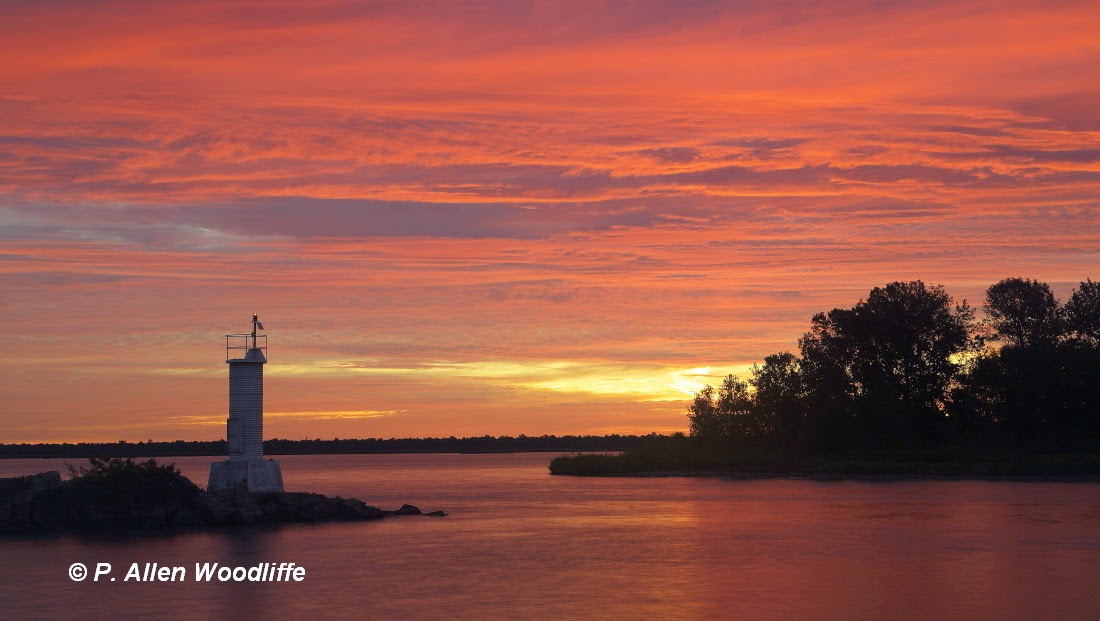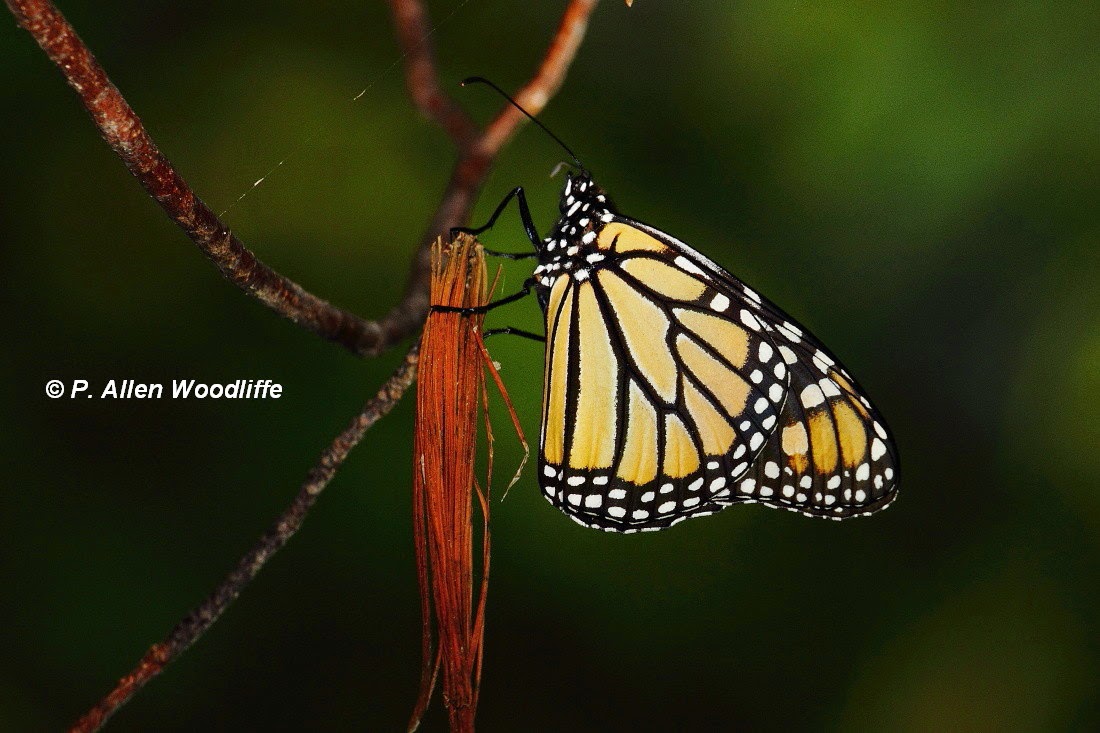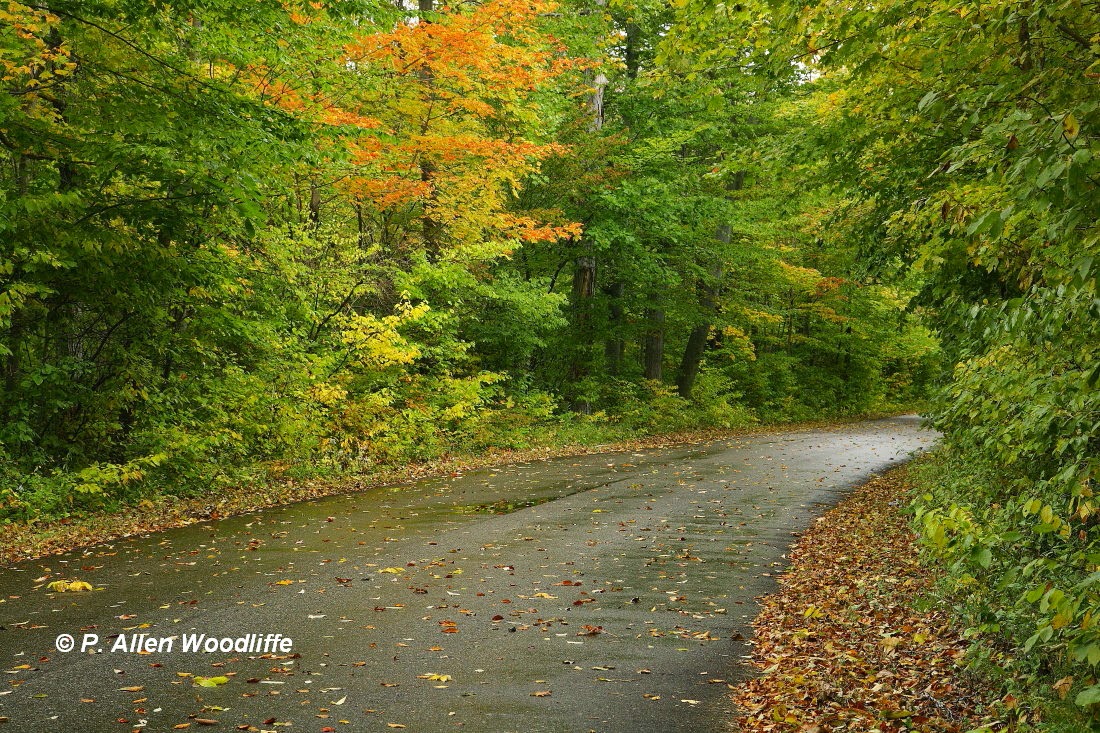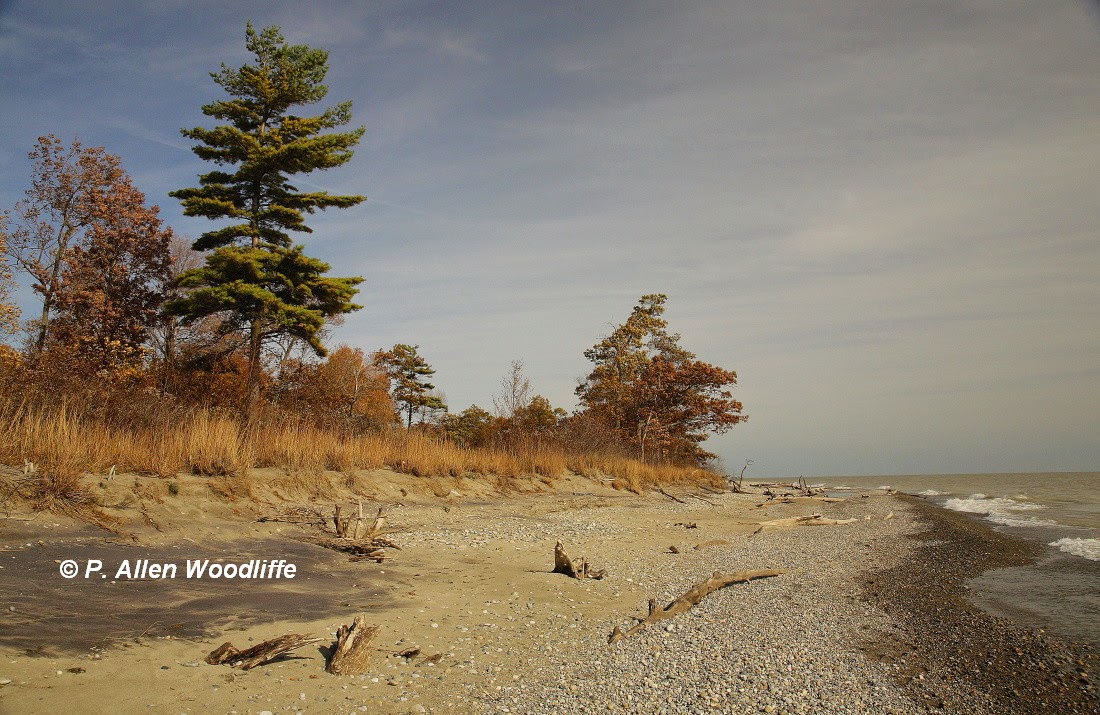A few weeks ago a Common Gallinule set up a nest within sight of the shoreline....well within sight if you can see through the vegetation. The platform is slightly visible, and some of the taller Juncus sp have been bent over by the adult to break up the appearance of the nest from avian predators.
This nest had at least one egg and one chick on August 14, which likely makes it the latest nesting record for Common Gallinule in Ontario.
A couple of days later the nest was empty, and some photography friends of mine who have a trailer very close by began seeing the adult and chicks poking around the vegetation and openings. I wanted to get in on the action, but for various reasons was unable to get there right away. However the gallinule family have persisted in the wetland, and have still been seen regularly up until the last few days.
Last Tuesday, I got out to see what I could see. I did get some very distant shots of an adult and also one of the mostly grown young, but just barely as a record shot, and hardly worth posting here.
But there was other action in the area. A small number of Great Egrets and Great Blue Herons are almost constantly present, feeding in the wetland.
Monarch butterflies were busily feeding and resting on the abundant yellow flowers that occur in wetlands this time of year. The flowers are one of the species called Beggar's-ticks.
After a couple of hours I decided to move on, so my next stop was the Lake St Clair trail, starting at Angler Line and going north to Mitchell's Bay.
Almost immediately after starting along the trail, I noted a beautiful Osprey begin to circle right overhead.
 |
| Osprey |
An adult Bald Eagle also put in a brief appearance, but I let him go and concentrated on getting a bunch of photos of the Osprey.
A little farther along, an adult Green Heron was perched motionless on a small branch at the water level, waiting for something of interest to venture within striking distance.
After a few minutes, it struck out and grasped a small fish, which it gobbled down in seconds.
At the north end of the trail, there was a fair sized flock of Canada Geese resting in the field and also a Great Egret. Looking closer at the flock of geese, I noted a single Snow Goose. This was on September 23, and quite an early date for Chatham-Kent. It wasn't very close and after getting only a couple of shots, it moved into heavier vegetation and eventually into the nearby pond. One or two Snows were seen in the days following by Blake Mann.
As I returned to the car, I noted a pair of adult Bald Eagles circling well to the south. Not a great opportunity for a close-up, but this is what I was able to capture before they got too far to attempt any other shots.
Later in the day, I checked out St. Clair NWA in preparation for a hike I was leading in a few days. The evening is often a good time to see birds on the move, but not normally is it great light for photography. I was also looking for Great Egrets, which when the water levels are low, can be seen roosting in large numbers. In 2012, there were as many as 150 egrets spending the night in quiet solitude, arriving just before dusk and leaving at about sunrise. The following image shows part of a group, taken in late September, 2012. It was taken under challenging and cloudy conditions, just before official sunrise. It was taken with a Canon 5D, a 400 f4 DO lens, at f/4, 1/25 sec, ISO 800.
This year the water levels are too high to attract roosting Great Egrets. There is the occasional one flying through or feeding, but they are roosting elsewhere. One did show up on the day of the hike, but not at the NWA....instead it flushed out of a roadside ditch into the adjacent field.
Waterfowl were on the move during the evening hours, such as this small mixed flock of American Wigeon and Northern Shoveler.
A pair of Sandhill Cranes flew by, one of which is shown here. The sun had set, and against the grey sky, the photo conditions were again quite challenging.



































